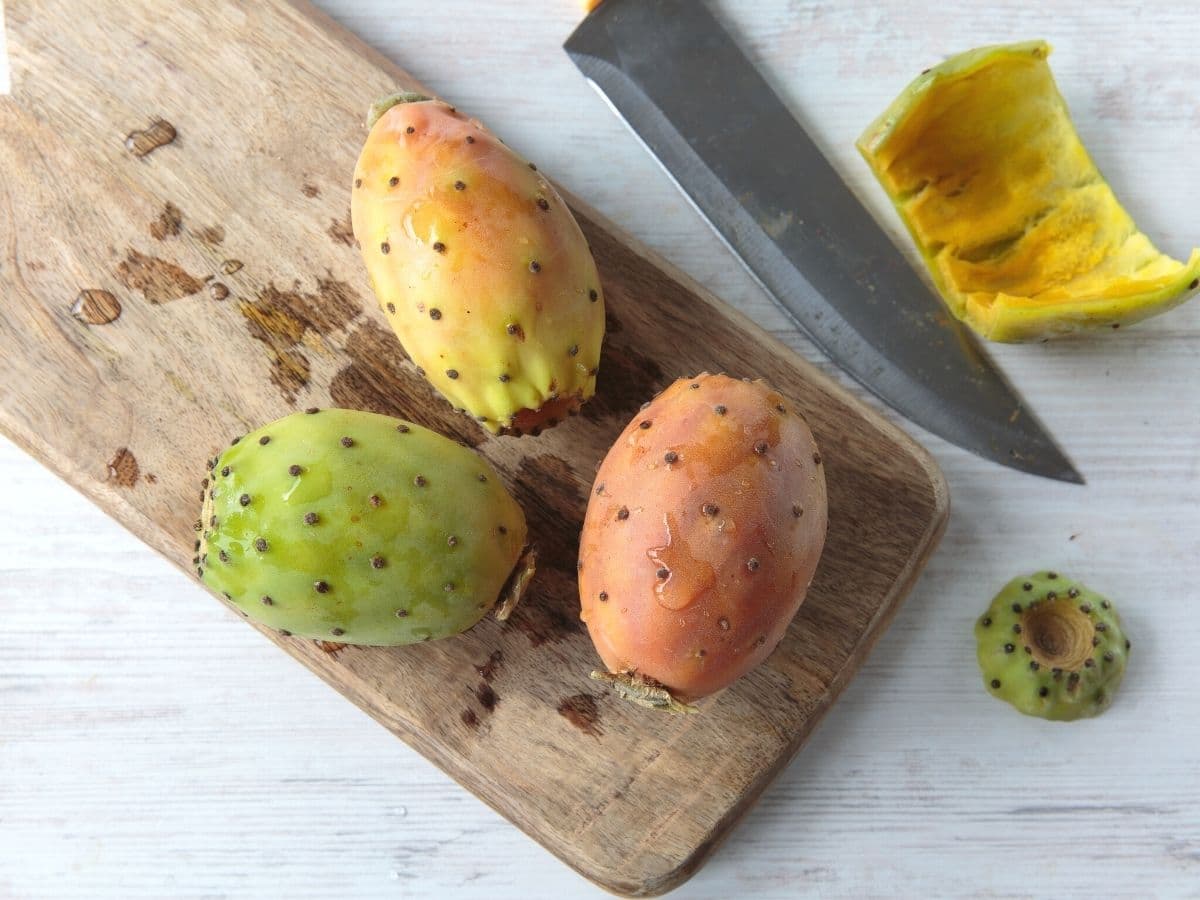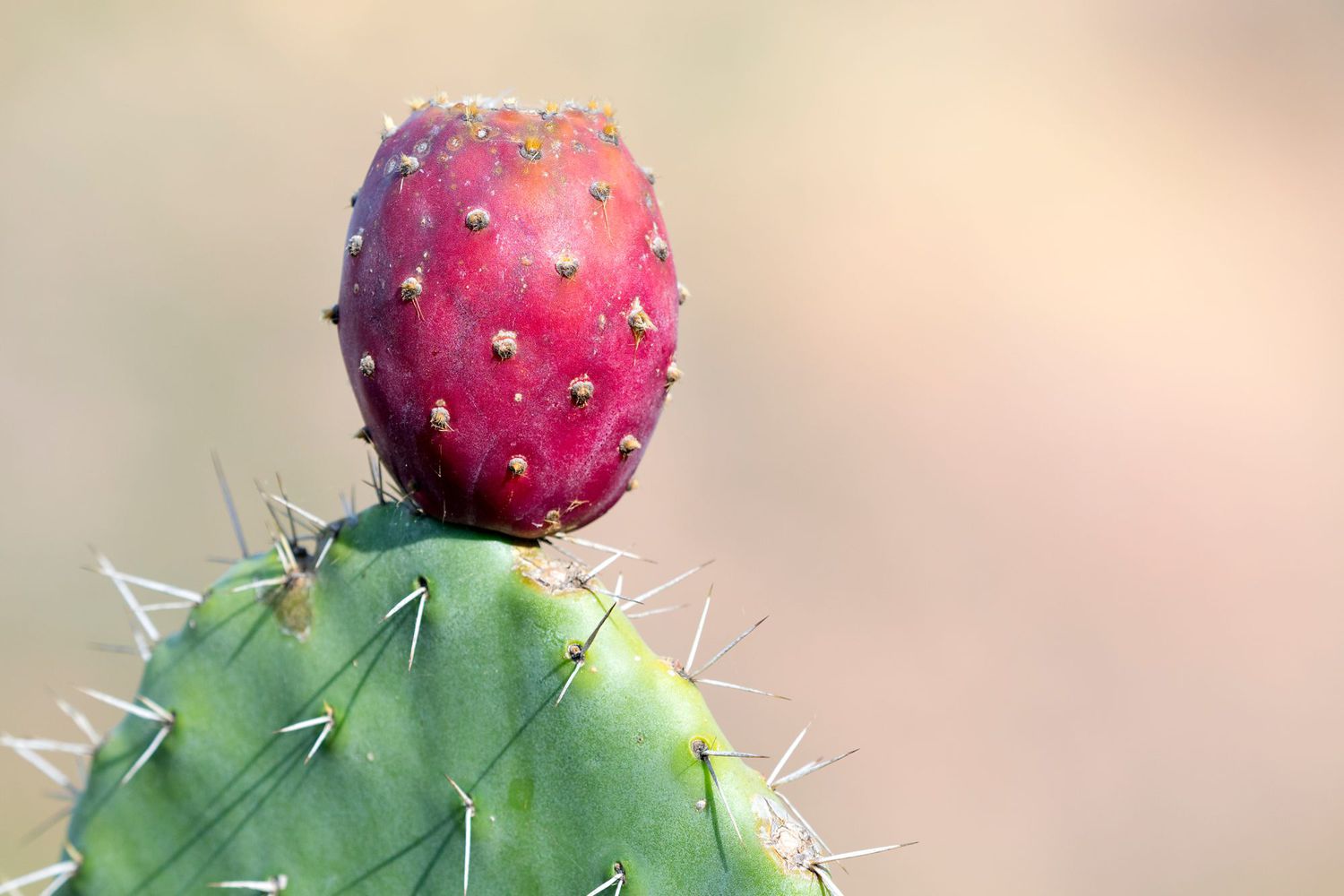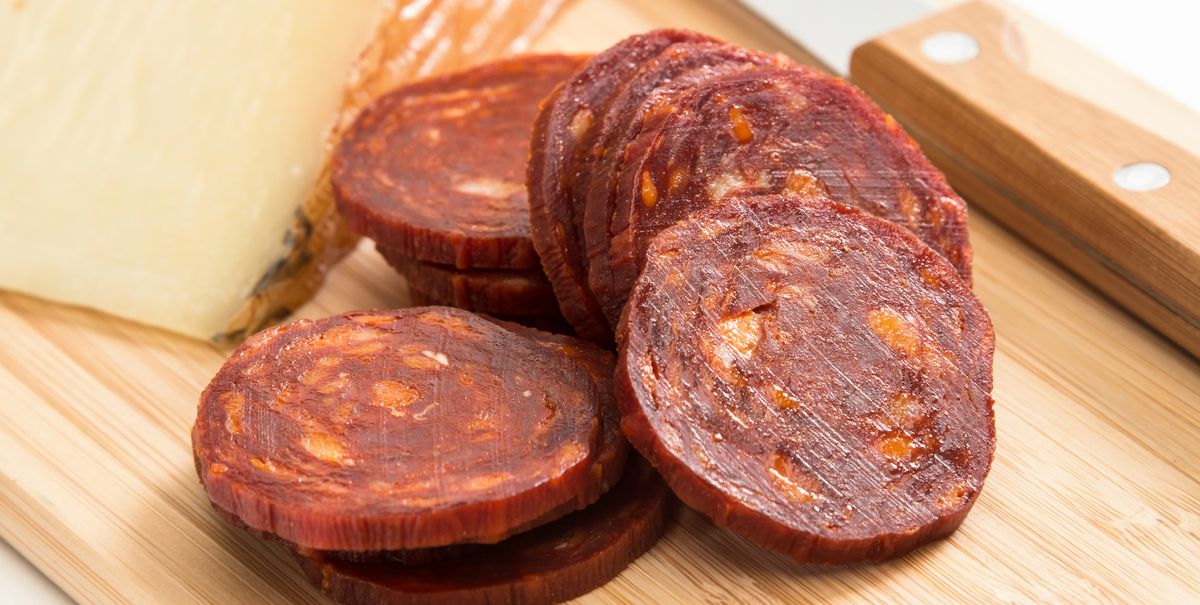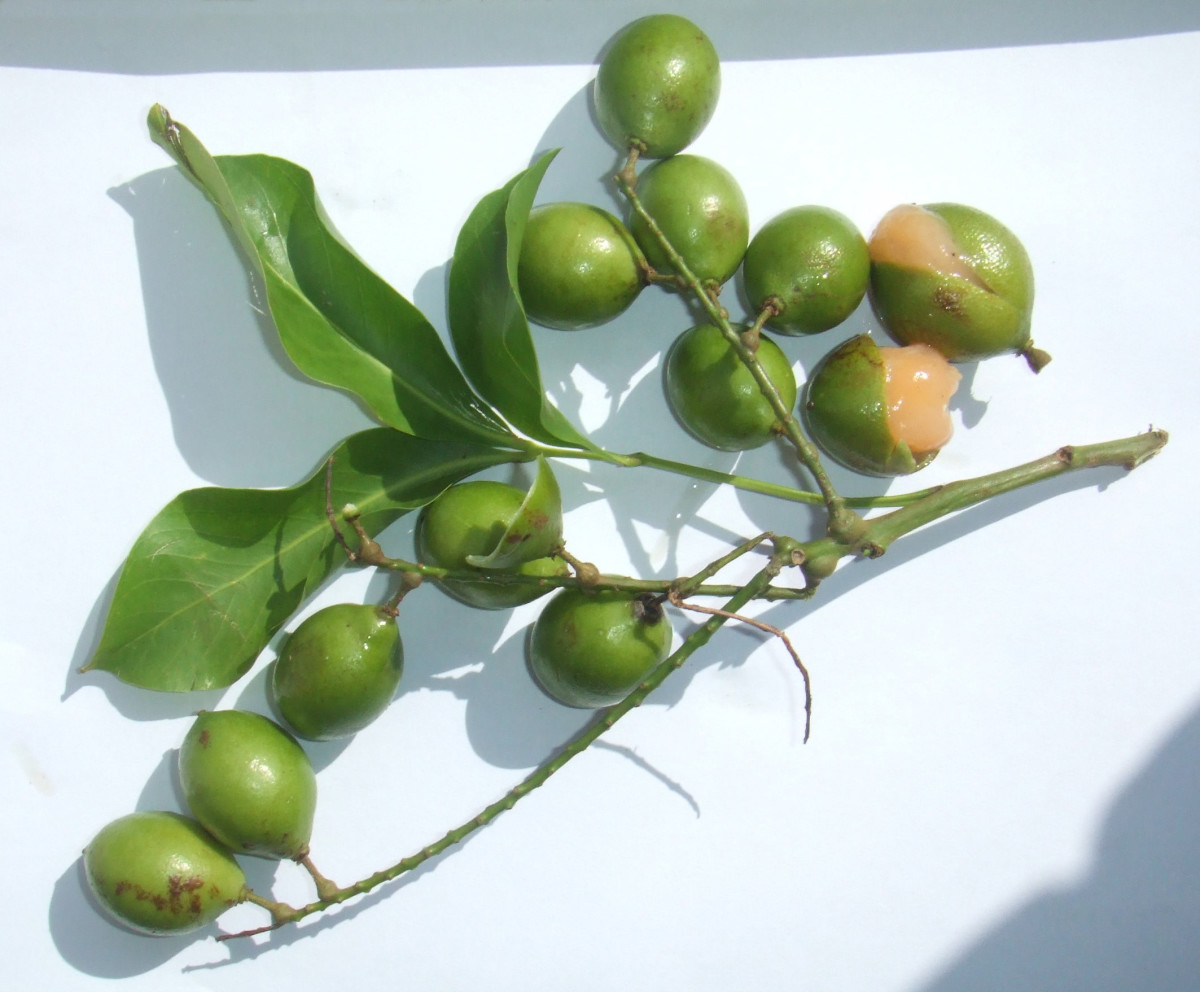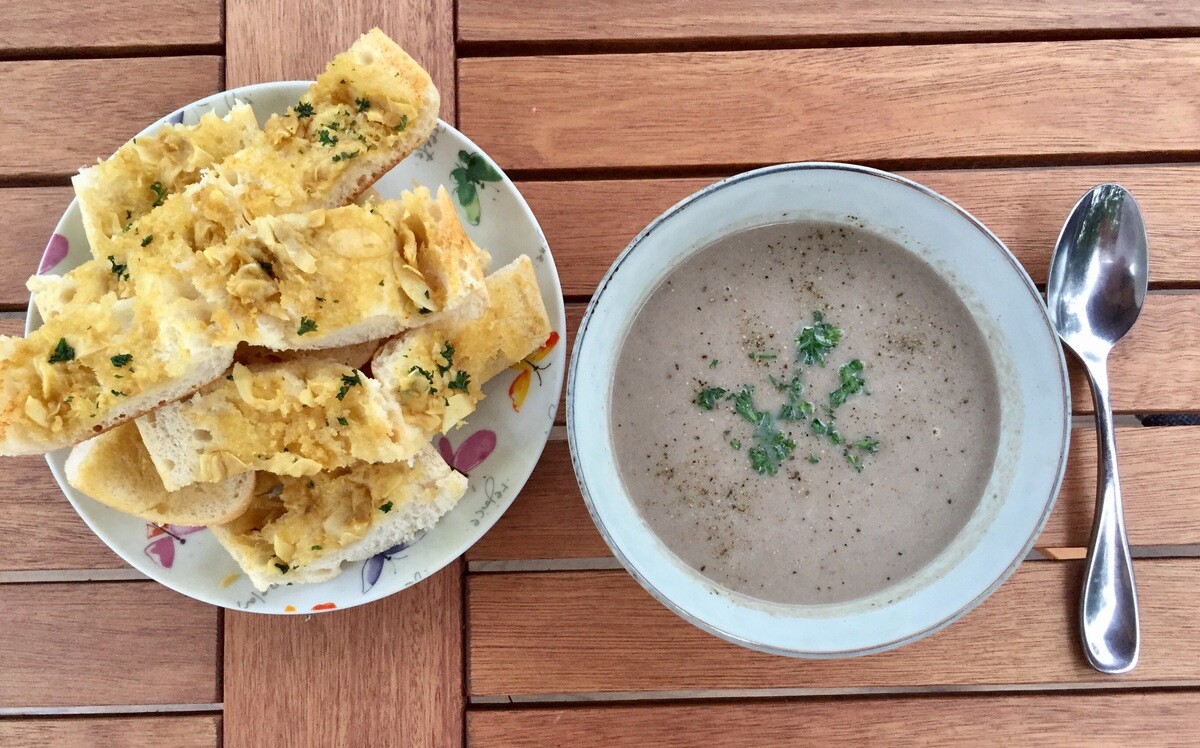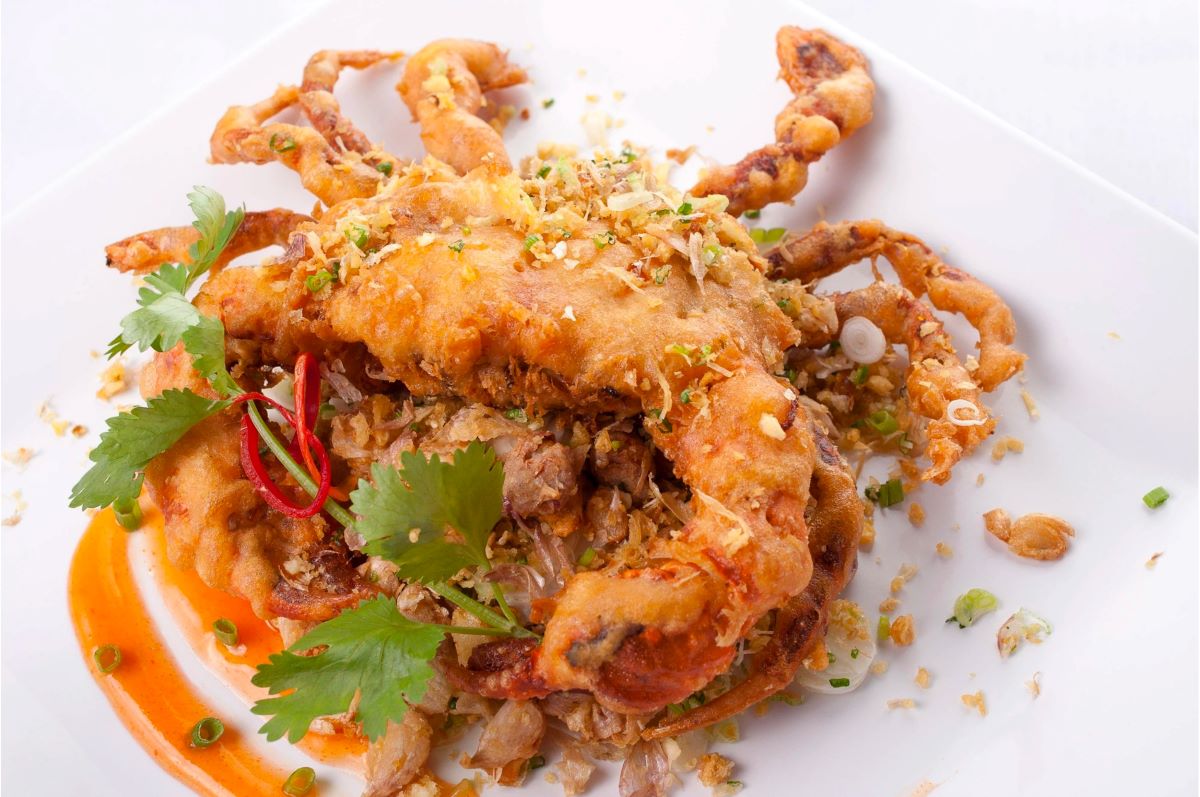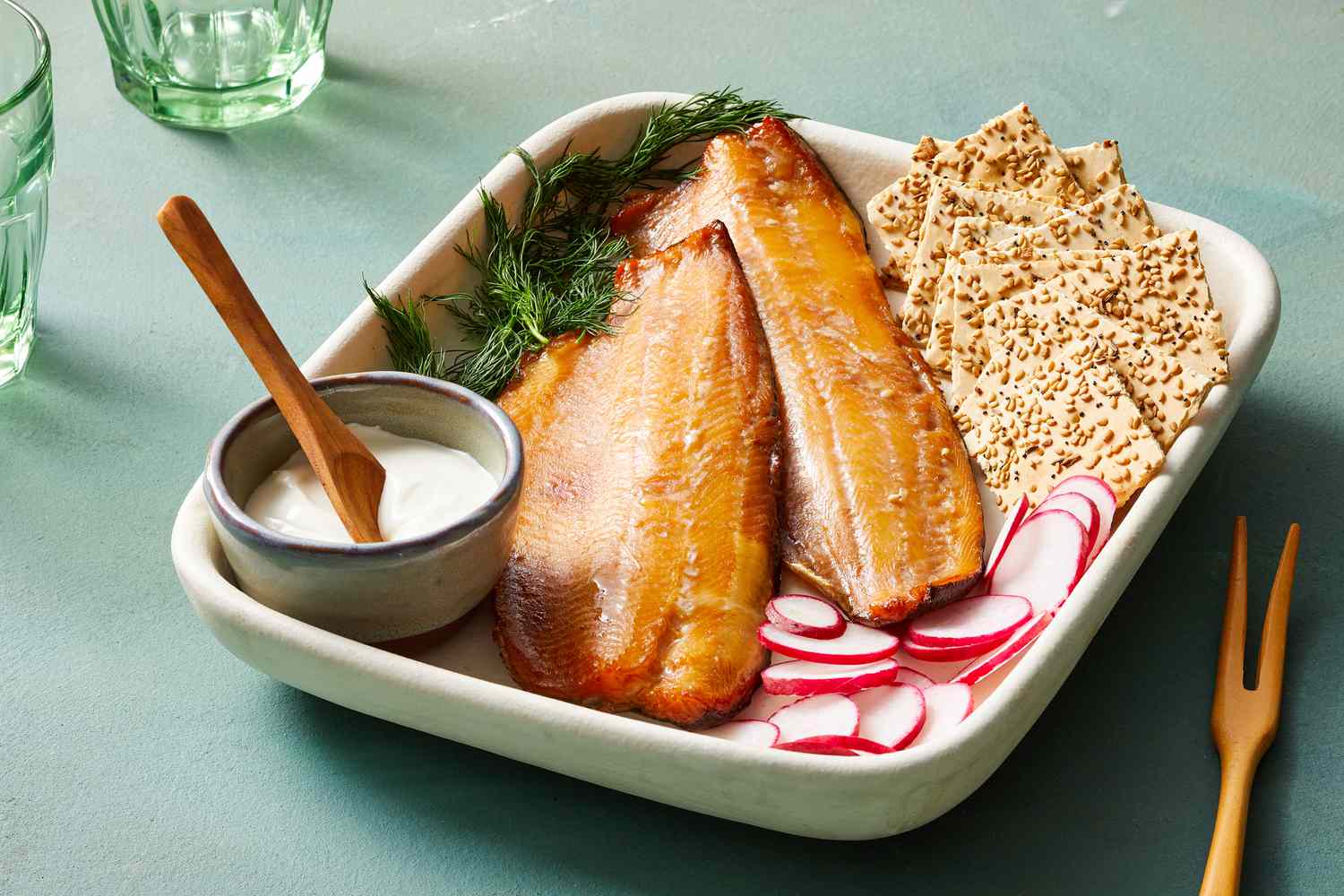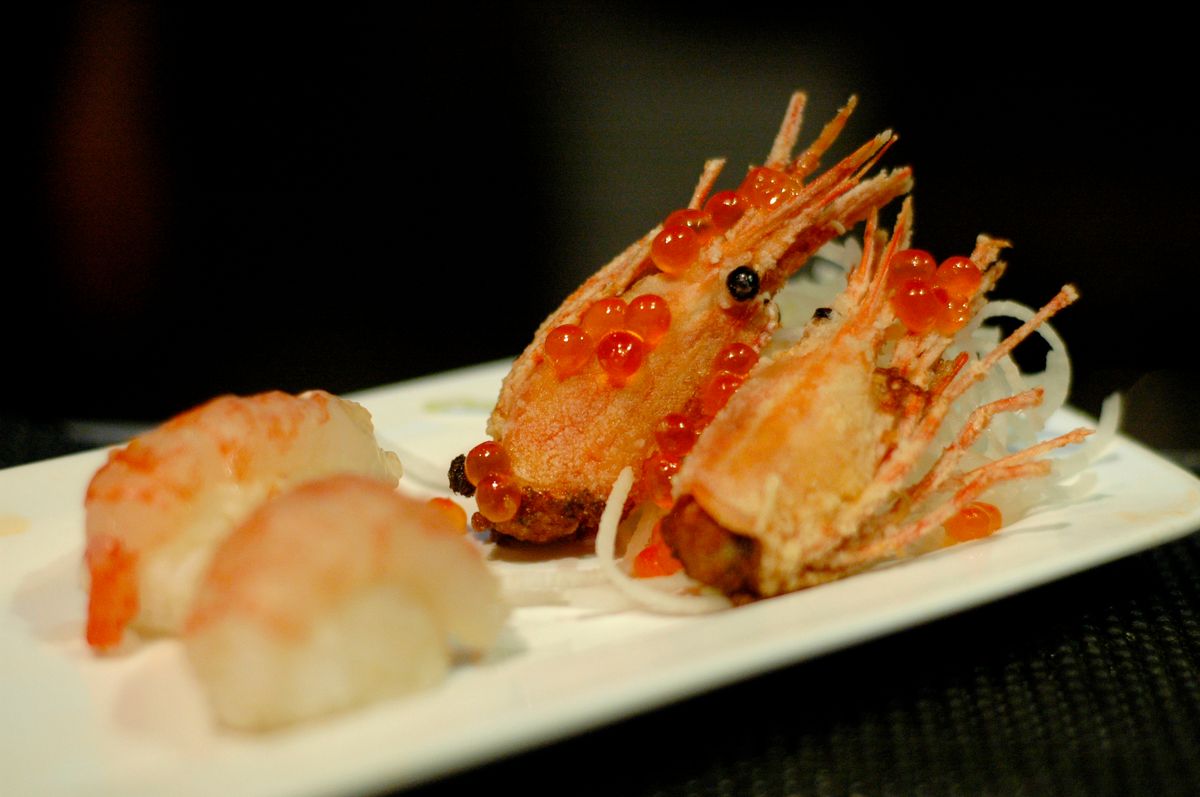How to Enjoy Store-Bought Prickly Pear
Prickly pears, also known as cactus pears, are a unique and delicious fruit that can be enjoyed in a variety of ways. If you’ve recently purchased some store-bought prickly pears and are wondering how to eat them, you’re in the right place. In this guide, we’ll explore the best methods for preparing and enjoying this exotic fruit.
Choosing Ripe Prickly Pears
Before you can enjoy your store-bought prickly pears, it’s important to choose ripe ones. Look for fruits that are firm but give slightly when pressed. The skin should be free of any blemishes or soft spots. A ripe prickly pear will have a vibrant color, ranging from deep red to bright yellow or orange, depending on the variety.
Preparing Prickly Pears
Handling prickly pears can be a bit tricky due to their spiky exterior. To prepare them, start by using a pair of tongs to hold the fruit. Then, carefully use a sharp knife to slice off both ends of the prickly pear. Make a lengthwise incision through the skin, being cautious of the tiny spines. Once the incision is made, use your fingers to peel off the skin and reveal the flesh inside.
Ways to Eat Prickly Pears
Now that your prickly pears are prepared, it’s time to enjoy them. Here are a few simple and delicious ways to eat store-bought prickly pears:
- Eat Them Fresh: Once the skin is removed, you can enjoy the sweet and juicy flesh of the prickly pear as is. Simply slice it into pieces and savor the unique flavor.
- Make a Smoothie: Prickly pears can be blended into a refreshing and nutritious smoothie. Combine the flesh of the fruit with your favorite fruits and a splash of juice for a delightful beverage.
- Create a Salad: Add slices of prickly pear to your favorite salad for a pop of color and a hint of sweetness. They pair well with greens, nuts, and a light vinaigrette.
- Make a Sorbet: The natural sweetness of prickly pears makes them perfect for creating a refreshing sorbet. Blend the flesh with a bit of sugar and freeze for a cool treat.
Health Benefits of Prickly Pears
In addition to their delicious taste, prickly pears offer a range of health benefits. They are rich in fiber, antioxidants, and essential vitamins and minerals. Consuming prickly pears may help support digestion, boost immunity, and promote overall well-being.
In Conclusion
Store-bought prickly pears are a delightful and versatile fruit that can be enjoyed in numerous ways. Whether you prefer to eat them fresh, blend them into a smoothie, or incorporate them into a recipe, there’s no shortage of ways to savor this exotic fruit. With their unique flavor and impressive nutritional profile, prickly pears are a welcome addition to any healthy diet.
Next time you come across these intriguing fruits at the store, don’t hesitate to pick some up and give them a try. You may just discover a new favorite fruit that adds a touch of excitement to your culinary adventures.
